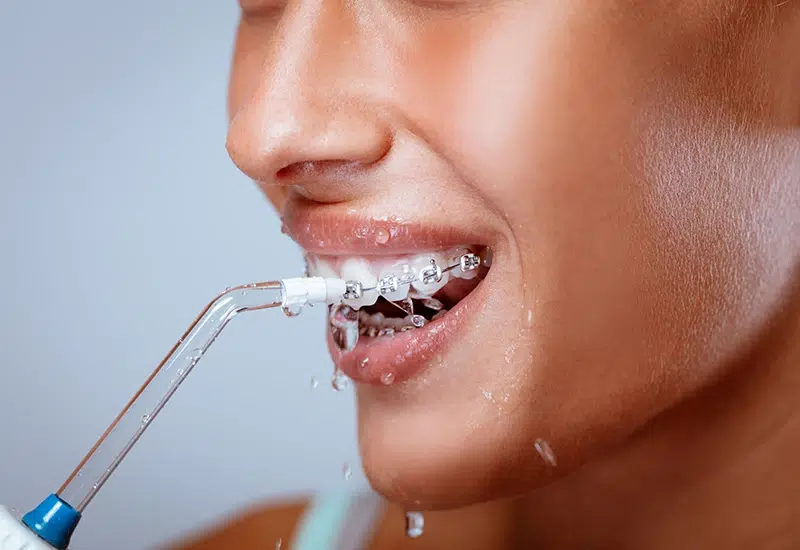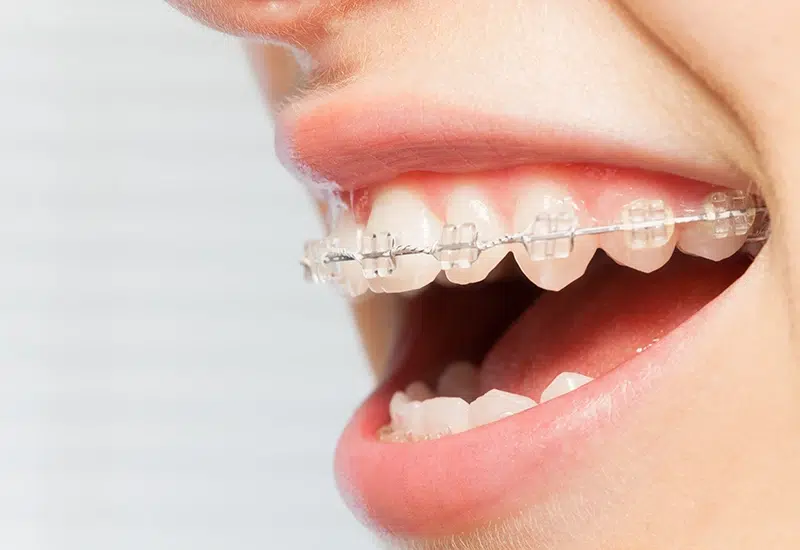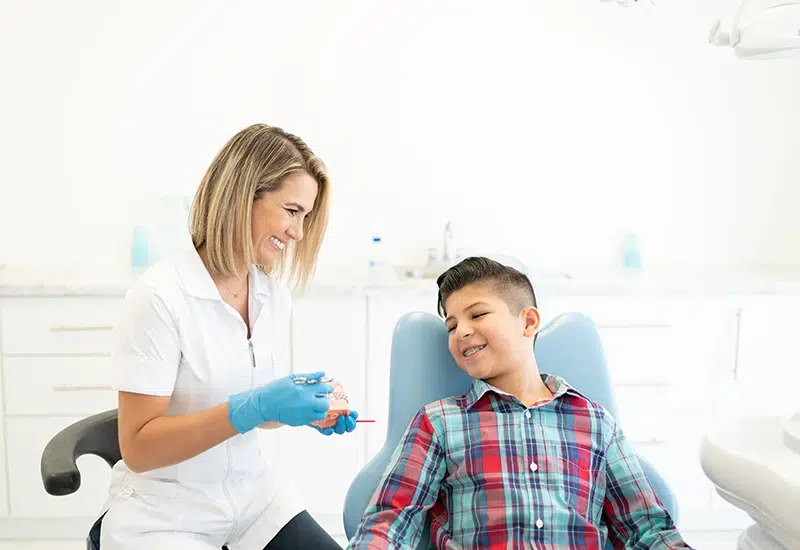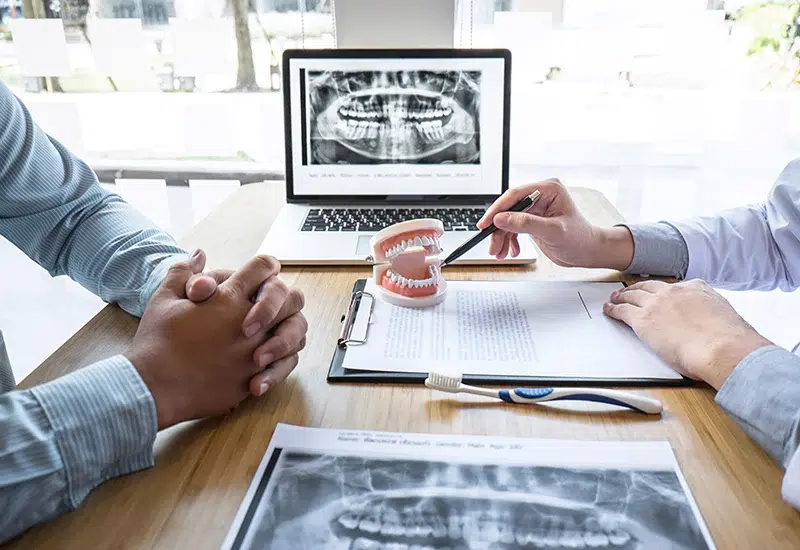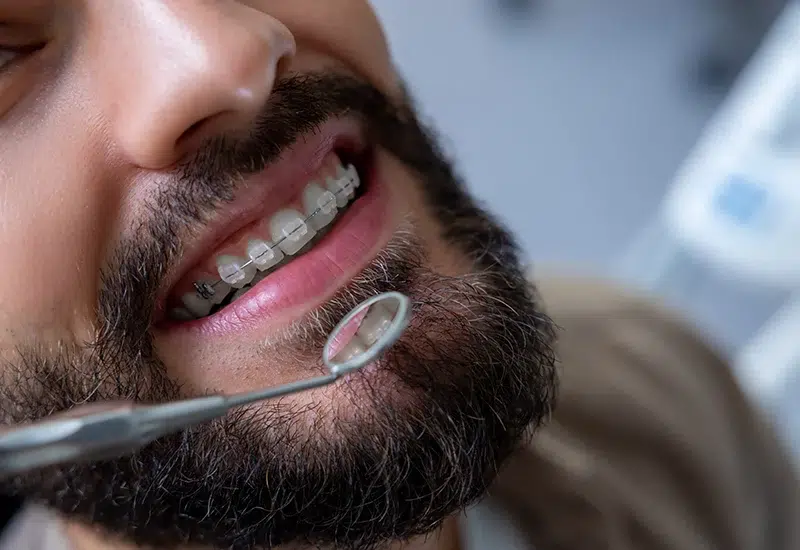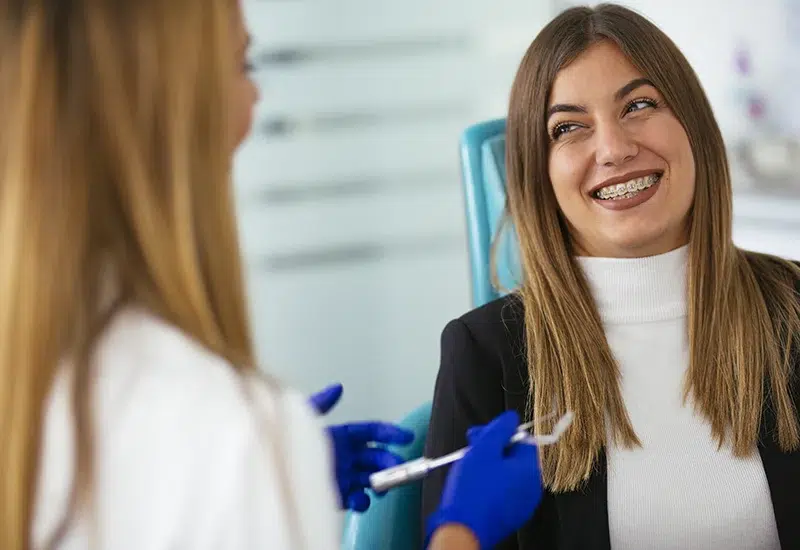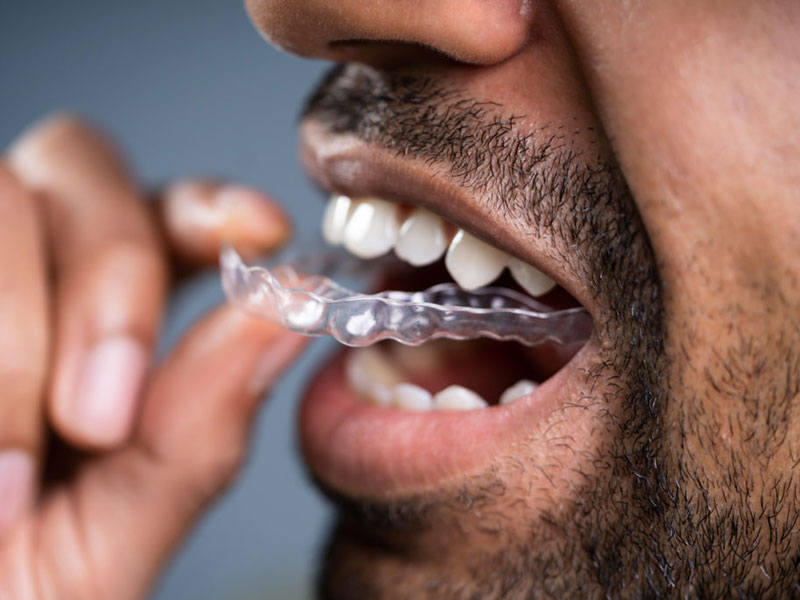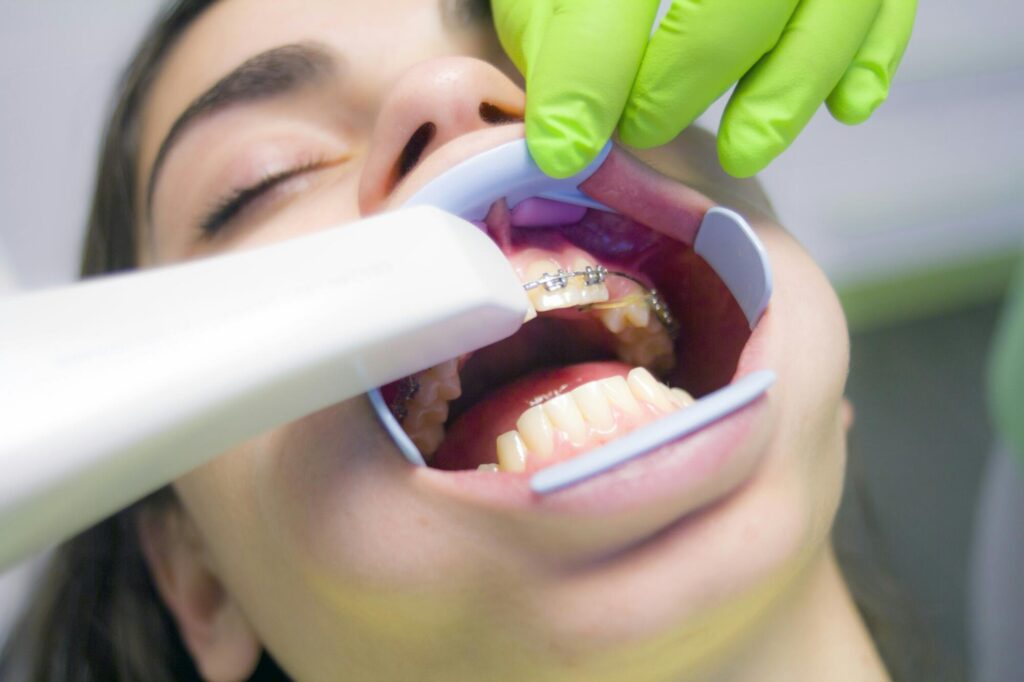June 23, 2025
Keeping your teeth clean with braces can be challenging. At South Shore Orthodontics in Apollo Beach, FL, we can offer guidance on using a water flosser with braces as part of your oral care routine. A water flosser is a helpful tool that makes flossing with braces easier and more effective. It uses a steady stream of water to remove food particles and plaque from hard-to-reach areas around brackets and wires. Paired with regular brushing, it may help keep your teeth and gums healthy throughout your orthodontic treatment.
Why Is Oral Hygiene Challenging With Braces?
Braces create new spaces between the teeth and brackets where food and plaque often get trapped. Traditional flossing can feel impossible in these situations, leading to annoyance and skipped oral hygiene. Over time, this increases the risk of gum disease and tooth decay. A water flosser offers a practical solution, making cleaning food particles and plaque easier in hard-to-reach areas. Crucially, it can do so without damaging your brackets or wires.
How Do Water Flossers Work?
Water flossers, also known as oral irrigators, use a pressurized stream of water to clean between the teeth and along the gumline. This stream of water can effectively dislodge debris, remove surface-level plaque, and even stimulate gum health. For braces wearers, water flossers can access areas between brackets and wires that traditional flossing tools might miss. A water flosser can offer a gentle, high-pressure clean that doesn’t interfere with orthodontic devices.
How to Use a Water Flosser With Braces
One of the benefits of having a Waterpik for braces is their simplicity. Generally, using a water flosser doesn’t require much effort. You should follow these steps closely when using one:
- Prepare the Flosser: Attach your preferred tip to the water flosser and fill the reservoir with lukewarm water.
- Position Carefully: Lean over the sink and keep your lips slightly apart to allow water to drain comfortably.
- Aim the Flosser: If you’re new to water flossing, aim the tip at your gumline and start with low pressure.
- Clean Your Teeth: Follow the gumline, moving the flosser tip gently between your teeth and braces.
- Rinse: Rinse your mouth and clean the flosser tip for your next use.
- Done: That’s all you need! We also provide explainer videos on how to use a water flosser if you prefer a visual aid.
Features to Look for in a Water Flosser
Certain features are preferable when buying a water flosser for braces. These modern touches can maximize its effectiveness, such as:
- Orthodontic Tips: Specially designed tips can provide better access around brackets and wires.
- Adjustable Water Pressure: Choose a model with multiple pressure settings to suit your comfort level.
- Large Water Reservoir: A larger tank ensures uninterrupted cleaning without frequent refills, though you shouldn’t need to overdo it. If you’re wondering how often can you use a Waterpik or similar flosser, once a day is recommended.
- Compact or Travel-Friendly Design: A portable water flosser is an excellent option for those who are always on the go.
Flossing With Braces Made Easy in Apollo Beach, FL
A water flosser for braces is a game-changer for individuals undergoing orthodontic treatment. It’s easy to use, comfortable, and makes flossing significantly less stressful. If you’re ready to optimize your oral hygiene routine, South Shore Orthodontics near Apollo Beach, FL, is here to help. Schedule a consultation today to learn more about maintaining a healthier, brighter smile.

